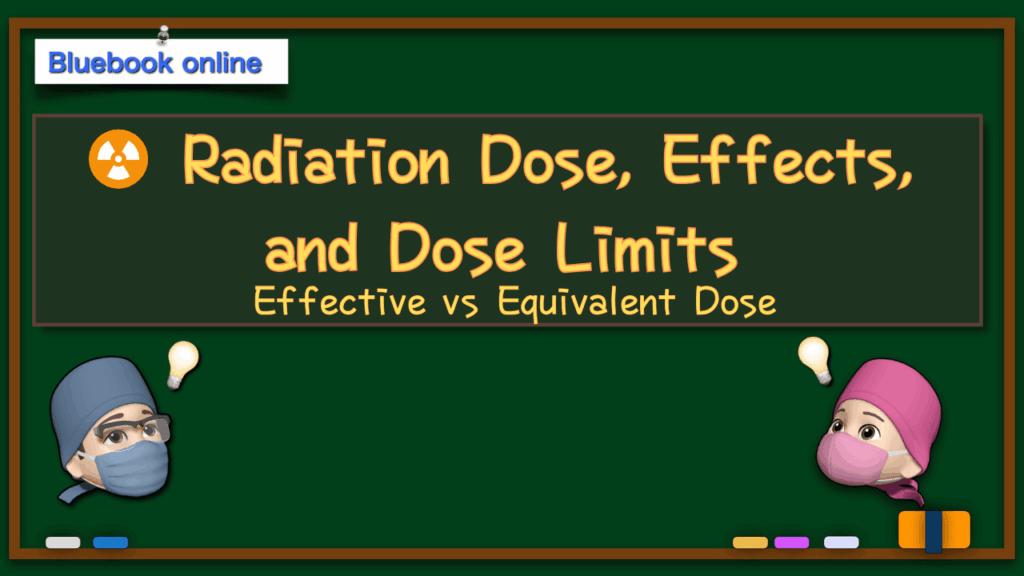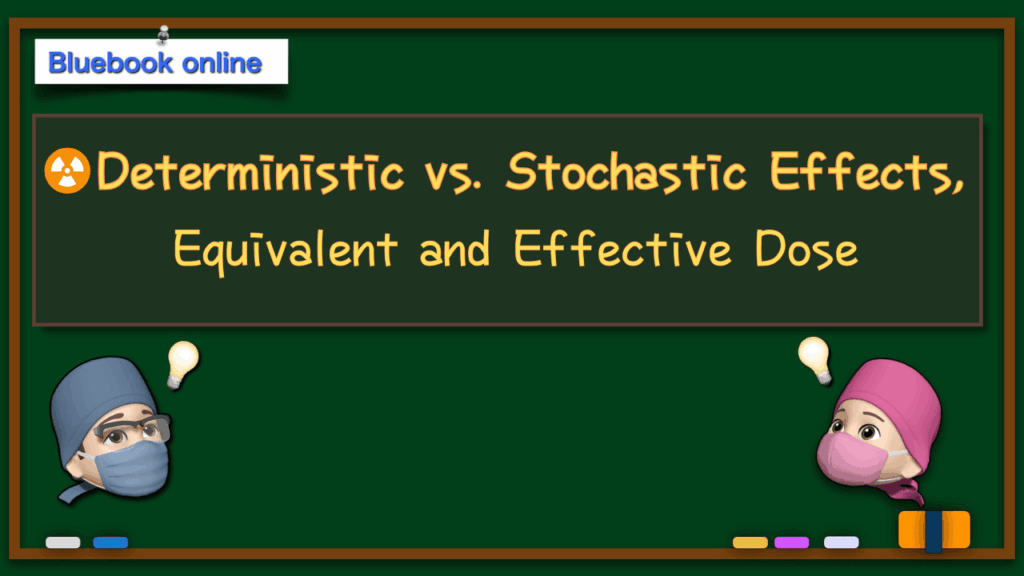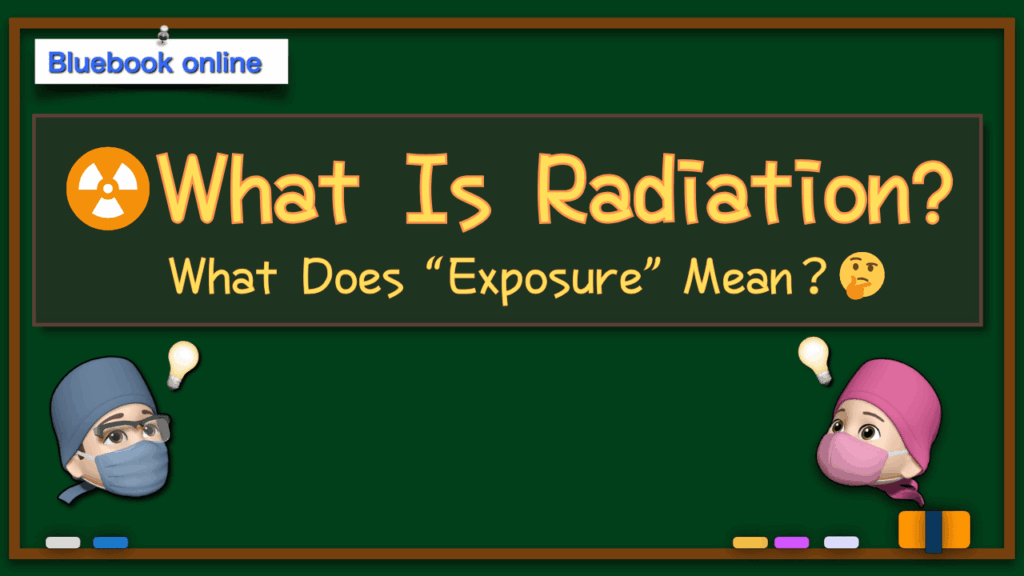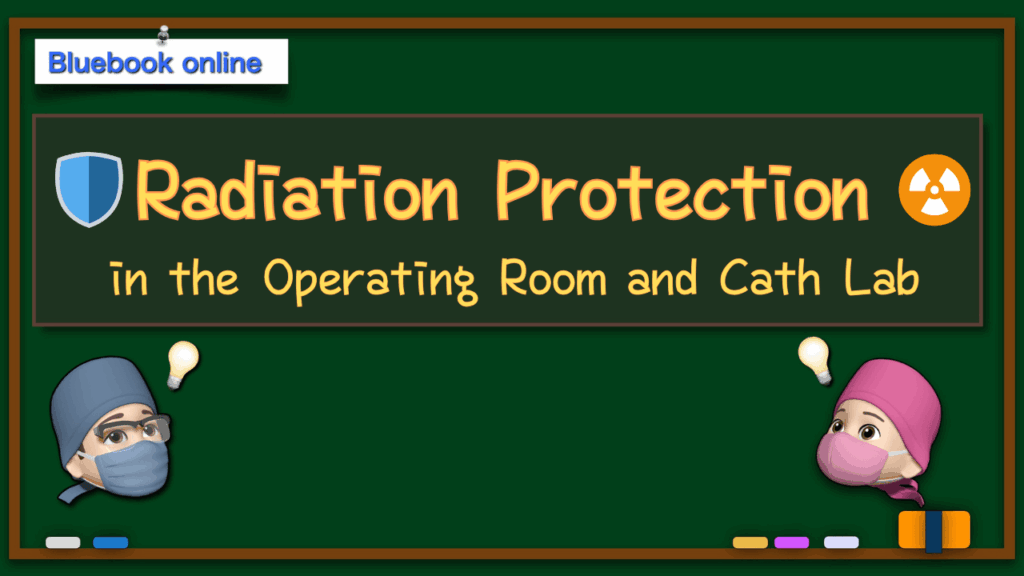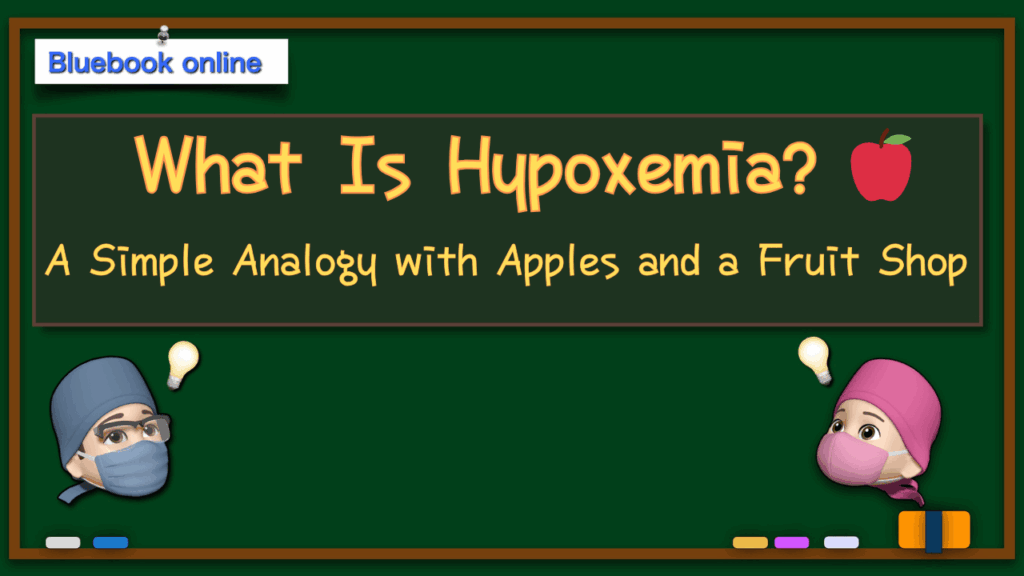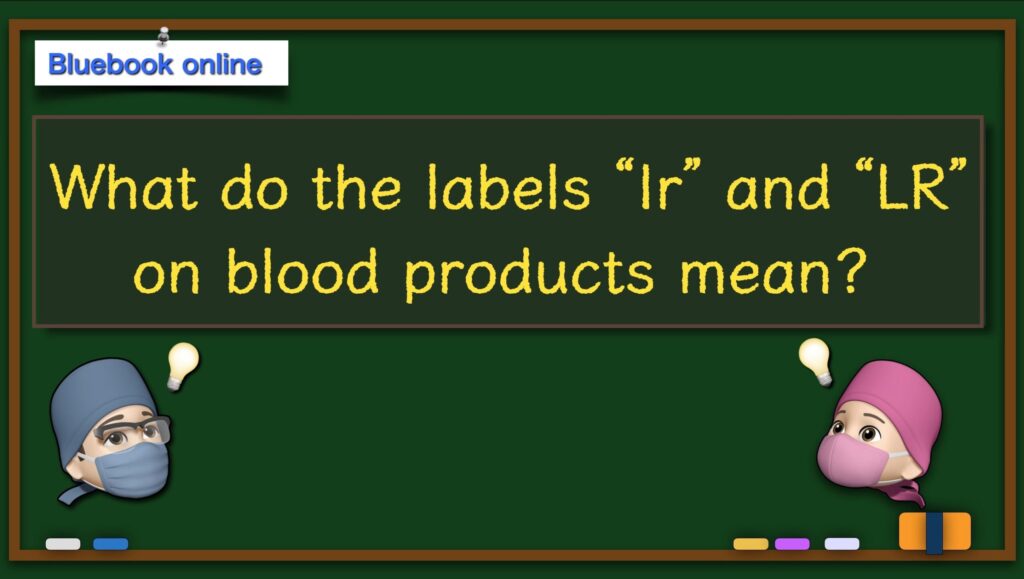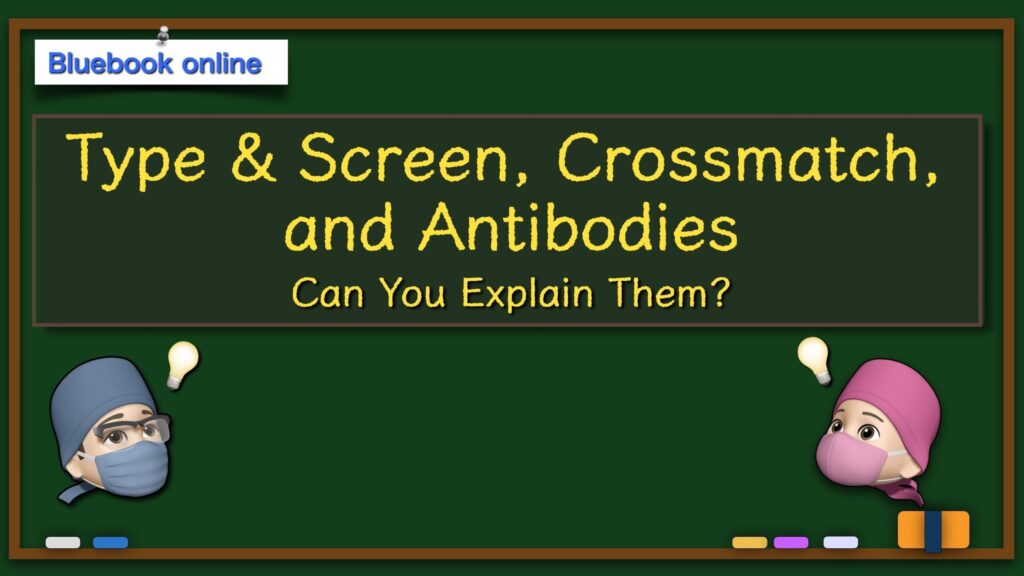perioperative– category –
-

☢️ Radiation Dose, Effects, and Dose Limits: Effective vs Equivalent Dose
This article reviews radiation risks in healthcare workers, focusing on deterministic and stochastic effects. It explains the difference between effective dose (whole-body risk) and equivalent dose (organ/tissue-specific risk), and compares dose limits in Japan, ICRP recommendations, and U.S. NRC regulations. Key updates include the 2021 revision of lens of the eye limits in Japan and the ICRP’s stricter guidelines. Essential knowledge for exams and daily radiation safety practice. -

☢️ Radiation Protection: Deterministic vs. Stochastic Effects, Equivalent and Effective Dose
This article, also useful for perioperative team management exam preparation, explains the key concepts of radiation protection: deterministic effects, stochastic effects, equivalent dose, and effective dose. Using simple analogies (a boxer’s punch vs. a probability game) along with charts and diagrams, it helps clarify how thresholds, Gy, and Sv are applied in clinical and occupational exposure. -

☢️ What Is Radiation? What Does “Exposure” Mean?
Radiation is invisible energy that can affect the human body in different ways. This article explains external vs. internal exposure, and the differences between public, medical, and occupational exposure. With everyday examples and practical notes for healthcare professionals, it provides essential knowledge to balance safety and benefits in clinical practice. -

🛡️ Radiation Protection in the Operating Room and Cath Lab ☢️
Essential tips for OR & cath lab staff: Radiation protection principles (Distance, Shielding, Time) and proper PPE use to reduce exposure risks. -

🫁 What Is Hypoxemia? 🍎 A Simple Analogy with Apples and a Fruit Shop
Hypoxemia is not a disease but a state: low oxygen in the blood (PaO₂ < 60 mmHg). In this article, we use a fruit shop and apples analogy to make complex physiology simple. We explore the differences between hypoxemia and hypoxia, and explain four main mechanisms—hypoventilation, impaired oxygenation, impaired transport, and impaired utilization—with clinical examples from perioperative care. -

🩸 What do the labels “Ir” and “LR” on blood products mean?
♦️ Introduction Healthcare providers, especially in large hospitals, see blood products every day. Each unit comes with a label full of codes and abbreviations—but do you really know what they all mean? Let’s break down two important ones: 🔷 Ir (Irradiated: Gamma-irradiated) “Ir” indicates... -

🩸Type & Screen, Crossmatch, and Antibodies – Can You Explain Them?
Useful for perioperative team exams. This article explains the essentials of Type & Screen (T&S), crossmatching, and irregular antibodies. Why the minor crossmatch is obsolete, why RhD-negative patients are at special risk, and how anti-D immunoglobulin prevents hemolytic disease are also covered. A concise guide for residents, nurses, and anesthesia trainees. -

🩸What Are Blood Types A, B, O, and AB?
Not about personality! ABO blood types are defined by antigens and antibodies. Easy-to-grasp explanation with a fun “idol fan club” analogy. -

🩸 Red Blood Cell Transfusion (RCC) ~Will the bleeding stop? Surgeon says yes… Anesthesiologist says 🤔~
Red blood cell transfusion (RCC): purpose, expected Hb rise, transfusion thresholds, and key electrolyte changes explained clearly.
